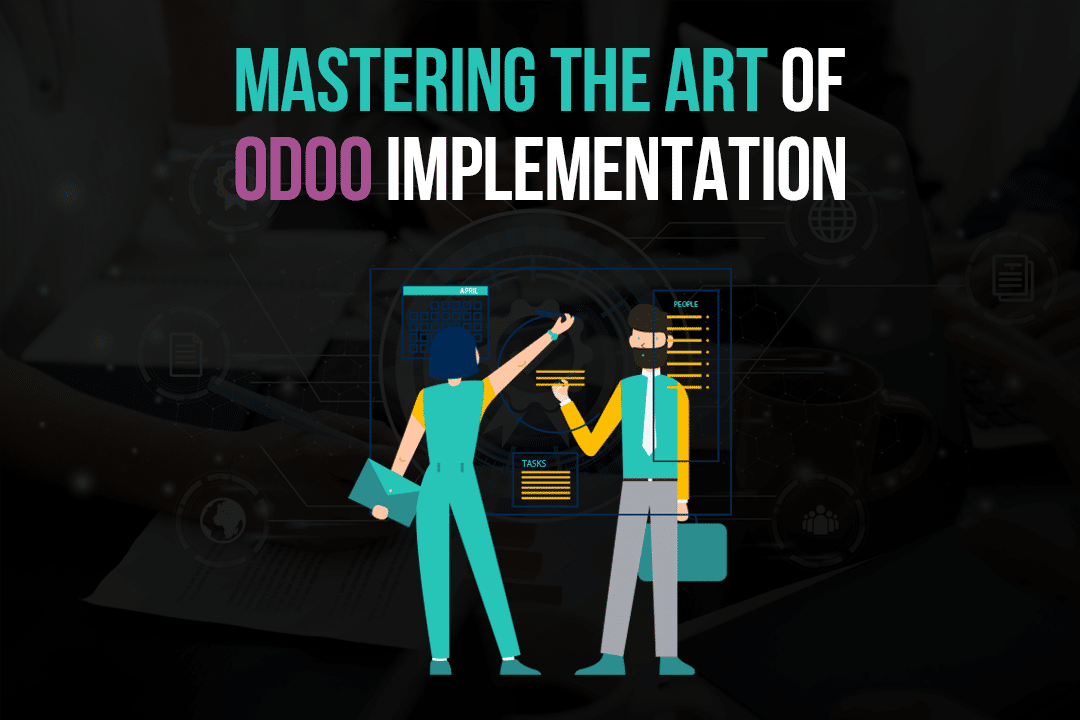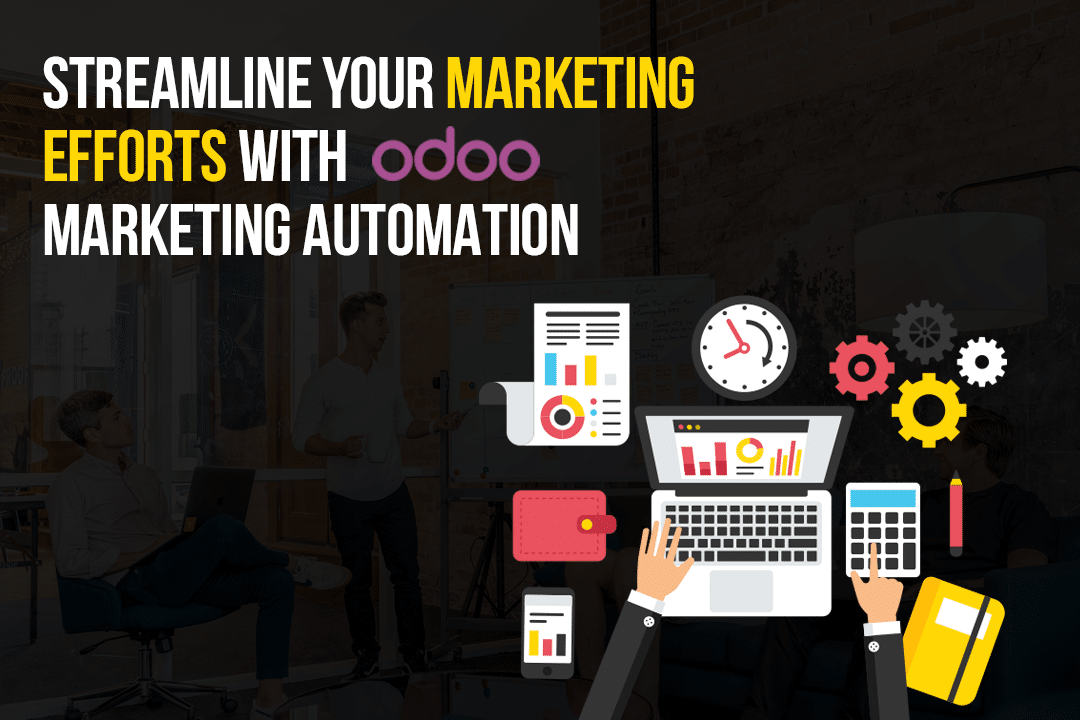Table of Contents
Odoo, an all-in-one management software suite, has gained popularity for its modular architecture and ease of use. But, how does the Odoo Implementation Methodology come into the picture? Well, the implementation methodology describes the process of integrating the Odoo software within an organization’s infrastructure to meet its specific needs. This process encompasses requirements analysis, project planning, system configuration, data migration, testing, and more.
Understanding the Need for a Structured Implementation Methodology
Before diving into the Odoo implementation, let’s understand why we need a structured implementation methodology. Essentially, it is a step-by-step guide that ensures smooth integration and adoption of the software. An organized approach also mitigates risks, prevents budget overruns, and ensures that the implementation aligns with the business objectives. Without a structured methodology, an implementation can quickly descend into chaos, making the journey as rocky as a ride over the moon’s crater-filled surface.
Key Advantages of a Methodical Approach
- Minimizes risks
- Keeps the project within budget
- Ensures alignment with business objectives
- Enhances user adoption
Odoo Implementation Methodology: The Core Steps
Embarking on the Odoo implementation journey is similar to mapping out a treasure hunt. Let’s decipher the steps involved in the Odoo Implementation Methodology.
Initial Needs Analysis
The first step is to understand your business requirements thoroughly. Here, the main objective is to identify the ‘pain points’ of your existing system and determine how Odoo can address them.
Project Planning
After the needs analysis, the next phase is project planning. This involves defining project scope, setting deadlines, determining the budget, and identifying key stakeholders.
System Configuration
The configuration phase involves tweaking Odoo to meet your specific business needs. This might involve setting up user roles, establishing workflows, or integrating with other systems.
Requirement Analysis
Arguably the most critical step in the Odoo implementation methodology, requirement analysis forms the basis for a customized Odoo solution. During this phase, experts work closely with the business to understand their operations, workflows, and pain points. This thorough understanding is crucial to tailor an ERP solution that aligns with the business’s specific needs and objectives.
Planning and Designing
Once a thorough understanding of the business requirements is established, planning and designing the Odoo system architecture follows. The plan typically includes the selection of appropriate Odoo modules, mapping out the implementation timeline, and identifying any necessary customization. Careful planning at this stage helps mitigate potential risks, reduce downtime, and ensure a smooth transition during the later stages of implementation.
Development and Customization
Odoo’s modular structure and open-source nature offer endless possibilities for customization. Odoo developers can build custom modules or adapt existing ones to perfectly align with a business’s unique needs. Such tailored solutions enhance efficiency by automating workflows and eliminating redundant processes.
Data Migration
Data migration is a vital phase where data from the existing systems is transferred to the new Odoo ERP system. It’s a meticulous process that demands careful planning to ensure data integrity, accuracy, and consistency. The process involves mapping data fields between the old and new systems, converting data into compatible formats, and thoroughly testing the migrated data to ensure accuracy.
Testing
Testing is an integral part of the Odoo implementation methodology. The system is rigorously tested for functionality, performance, and compatibility. The process involves different testing methodologies like unit testing, system testing, integration testing, and user acceptance testing (UAT). The main goal is to identify and rectify any issues before deployment, ensuring a flawless system when it goes live.
Training
End-user training is crucial to leverage the full potential of the Odoo ERP system. It involves training the staff on the system’s functionality and how to use it effectively in their respective roles. A comprehensive training program can significantly enhance the transition process, ensuring employees can utilize the new system from day one.
Deployment and Go-live
Following successful testing and training, the system is ready to go live. The deployment is strategically planned to minimize disruptions to the ongoing business operations. The initial period following the go-live is closely monitored to identify and fix any potential issues promptly.
Support and Maintenance
The Odoo implementation process doesn’t end with the system going live. Continuous support and maintenance are crucial for the system’s long-term success. This includes regular updates, troubleshooting, system enhancements, and periodic system audits to ensure its smooth and efficient functioning.

Essential Factors for Successful Odoo Implementation
While the Odoo implementation methodology serves as a roadmap, successful implementation hinges on several other factors. Let’s delve into some of these key components:
Clear Business Objectives
Having clear, defined business objectives can significantly influence the success of Odoo implementation. These goals guide the entire process, informing the customization and system configuration to best meet the business’s needs. By aligning the Odoo ERP system with these objectives, businesses can leverage the system’s capabilities to achieve their goals effectively.
Involvement of Stakeholders
Active involvement of stakeholders, including the management and end-users, is critical to the successful implementation of Odoo. This includes providing insights during requirement analysis, participating in the design and testing phases, and, most importantly, embracing the new system during and after the transition.
Nurturing the Odoo Implementation: Challenges and Mitigation Strategies
Every coin has two sides, and the Odoo implementation is no exception. Let’s explore some common challenges in Odoo Implementation and how to mitigate them.
Challenge 1: Resistance to Change
The biggest challenge during any software implementation is resistance to change from the users. The solution? Effective communication and proper training can go a long way in addressing this issue.
Challenge 2: Scope Creep
Scope creep refers to changes, additions, or growth in a project’s objectives that occur after it begins. To keep scope creep at bay, it’s essential to have a well-defined project scope at the outset.
Challenge 3: Data Migration
Errors during data migration can wreak havoc on an Odoo implementation. To counter this, ensure data is cleaned and validated before migration, and conduct a dry run to identify any potential issues.
Choosing the Right Implementation Partner
Selecting a knowledgeable and experienced Odoo implementation partner is vital. They guide the business through the implementation journey, provide essential insights, and ensure the process is in line with industry best practices. The right partner can bring a wealth of expertise to the table, making the implementation process smoother and more successful.
Frequent Communication
Communication plays a significant role in Odoo implementation. Regular updates and open discussions between the implementation team and the business can help identify and address issues promptly. It also ensures everyone is on the same page, paving the way for a seamless implementation process.
A Phased Approach
Implementing an ERP system like Odoo is a significant change. To prevent overwhelming the users and disrupting business operations, it’s recommended to adopt a phased approach. Implementing the system in manageable stages allows users to adapt to the new system gradually and can lead to better acceptance and usage.
Continuous Improvement
Post-implementation, continuous improvement is key to maximizing the benefits of the Odoo system. Regular audits can help identify areas of improvement. Additionally, Odoo releases frequent updates and new modules, which can be incorporated into the system to further enhance its functionality and efficiency.
Conclusion
Odoo implementation methodology is a structured approach that guides businesses towards successful ERP adoption. With its systematic process and flexible nature, it allows businesses to tailor the Odoo ERP system to their unique needs. When executed correctly, it can transform business operations, boost efficiency, and drive growth. The right Odoo service provider, such as One Stop Odoo, with its expertise and comprehensive suite of Odoo services, can significantly enhance this process, enabling businesses to unlock the full potential of the Odoo ERP system.



